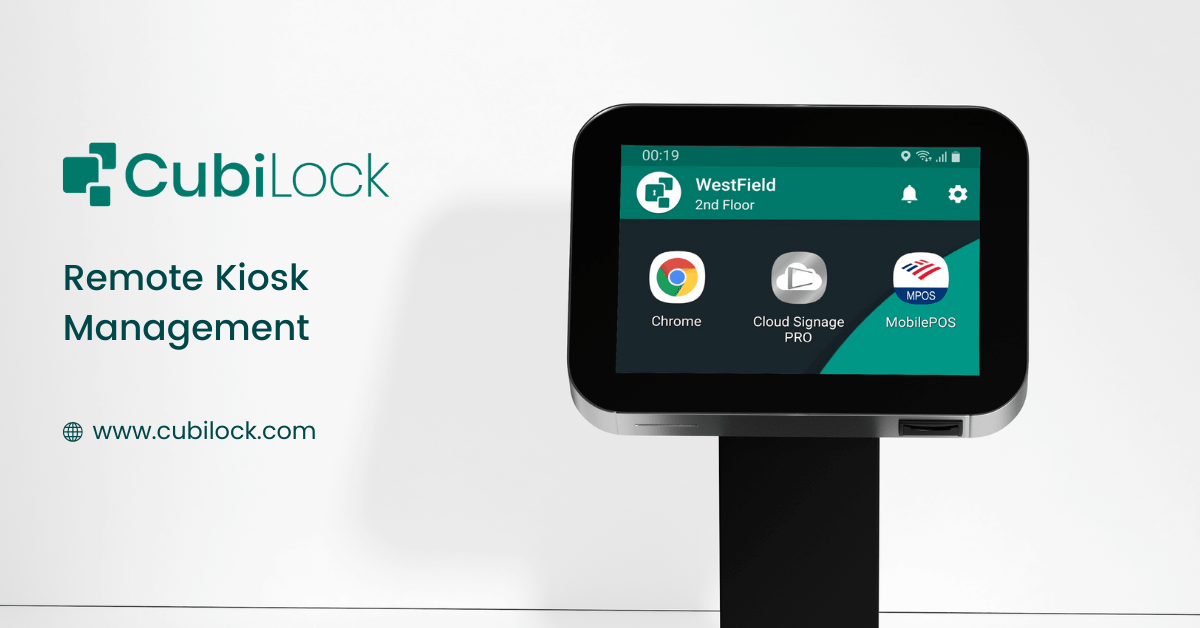In today’s dynamic business world, the deployment of kiosks has become increasingly prevalent across various industries. These interactive self-service stations offer convenience, streamline operations, and enhance customer experiences. However, managing these distributed kiosks efficiently and effectively has posed significant challenges for businesses. This is where remote kiosk management plays a pivotal role, revolutionizing how organizations oversee and maintain their kiosk networks.
Evolution of Kiosk Technology:
Kiosks have evolved from simple information dispensers to sophisticated self-service systems that facilitate transactions, information retrieval, and customer engagement. They are deployed in diverse sectors such as retail, hospitality, healthcare, banking, transportation, and more. These versatile machines provide users with access to services and information swiftly and conveniently.
However, as the number of deployed kiosks grows, so does the complexity of managing them. From software updates to troubleshooting hardware issues, ensuring optimal performance across a network of kiosks can be resource-intensive and time-consuming.
Understanding Remote Kiosk Management:
Remote kiosk management involves the centralization and control of multiple kiosks from a single, remote location. It leverages advanced technologies and software solutions to monitor, update, diagnose, and manage kiosks across geographical locations without the need for physical intervention. This capability is proving to be a game-changer for businesses aiming to maintain a seamless and efficient kiosk ecosystem.
Key Components and Benefits:
Centralized Monitoring and Control: Remote kiosk management platforms provide real-time visibility into the status of each kiosk. Operators can remotely monitor performance metrics, detect issues promptly, and take necessary actions to ensure uninterrupted service.
Remote Diagnostics and Maintenance: Identifying and resolving technical issues remotely minimizes downtime. With remote access, technicians can diagnose problems, apply updates, and perform maintenance tasks without physically visiting each kiosk site.
Software Updates and Patch Management: Keeping kiosk lockdown software up-to-date is crucial for security and functionality. Remote management allows for the centralized deployment of software updates, patches, and new applications across the entire network simultaneously.
Enhanced Security Measures: Through remote management, security protocols and patches can be swiftly implemented across all kiosks, ensuring protection against potential vulnerabilities and cyber threats.
Cost and Time Efficiency: By reducing the need for on-site visits, remote kiosk management significantly cuts down operational costs and time spent on maintenance, enabling resources to be allocated more efficiently.
Improved User Experience: Seamless functionality and up-to-date content on kiosks enhance the overall user experience, fostering customer satisfaction and loyalty.
Implementing Remote Kiosk Management:
The successful implementation of remote kiosk management involves several key steps:
Choosing the Right Platform: Selecting a reliable remote management platform that aligns with specific business requirements is crucial. Factors such as scalability, compatibility, security features, and ease of use should be considered.
Integration and Deployment: Integrating the chosen management system with existing kiosk infrastructure and deploying it across the network requires careful planning and execution.
Training and Support: Providing training to staff responsible for managing the system ensures its effective utilization. Additionally, having access to reliable technical support is essential for troubleshooting and addressing any issues that may arise.
Future Trends and Innovations:
As technology continues to advance, the landscape of remote kiosk management is expected to evolve further. Integration of artificial intelligence (AI) for predictive maintenance, enhanced data analytics for better decision-making, and the utilization of IoT (Internet of Things) for seamless connectivity are among the anticipated advancements.
Conclusion:
Remote kiosk management stands as a cornerstone for businesses aiming to streamline operations, enhance customer experiences, and maintain a competitive edge. By offering centralized control, swift issue resolution, and improved efficiency, it empowers organizations to effectively manage multiple Android devices contributing to increased productivity and customer satisfaction. As technology continues to progress, the continued refinement of remote kiosk management solutions will undoubtedly play a crucial role in shaping the future of self-service kiosk ecosystems across various industries.

